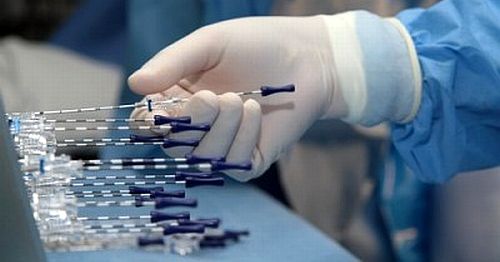A study published in Brachytherapy shows the success of this technique in this type of tumor Prostate cancer is the most common in men in Catalonia. About 5,000 new cases occur each year, above the colon and rectum (about 4,000 cases) and lung cancer (3,500). It is a cancer closely associated with age. The aging of the population makes its incidence is increasing every year. According to projections of the Master Plan of Oncology in 2020 about 6,000 new cases per year occur.
Despite the high incidence, it is a slow-growing tumor in most cases, with a 84% survival at five years, again according to the data of the Master Plan of Oncology.
Prostate cancer at low risk
Many patients have prostate cancer at low risk, that is, cancer cells are confined to this organ and does not spread, levels of prostate specific antigen (PSA) are less than 10 and the Gleason score less than or equal 6 (this scale measures the degree of malignancy of the cells).
In these cases, there are four possible alternatives:
Active surveillance (without intervening conduct periodic reviews) Surgery (removal of the prostate or part) External -Radiotherapy Braquitherapy
The brachytherapy involves placing a radioactively source in this case in the form of iodine-125 seeds-in or in proximity to the tumor; the radiation emitted destroys the malignant cells. This surgery is done only once during treatment.
Several studies have shown that brachytherapy is the technique that entails fewer side effects (usually urinary dysfunction and / or sexual).
700 patients
The study shows the results of survival of 700 cancer patients undergoing low-risk prostate brachytherapy. The paper concludes that healing (ie, the biochemical control) after five years is 95% and, at ten years, survival, cause-specific (ie, excluding deaths from other causes) is 97%. Also, it has been found that the side effects are minimal.

